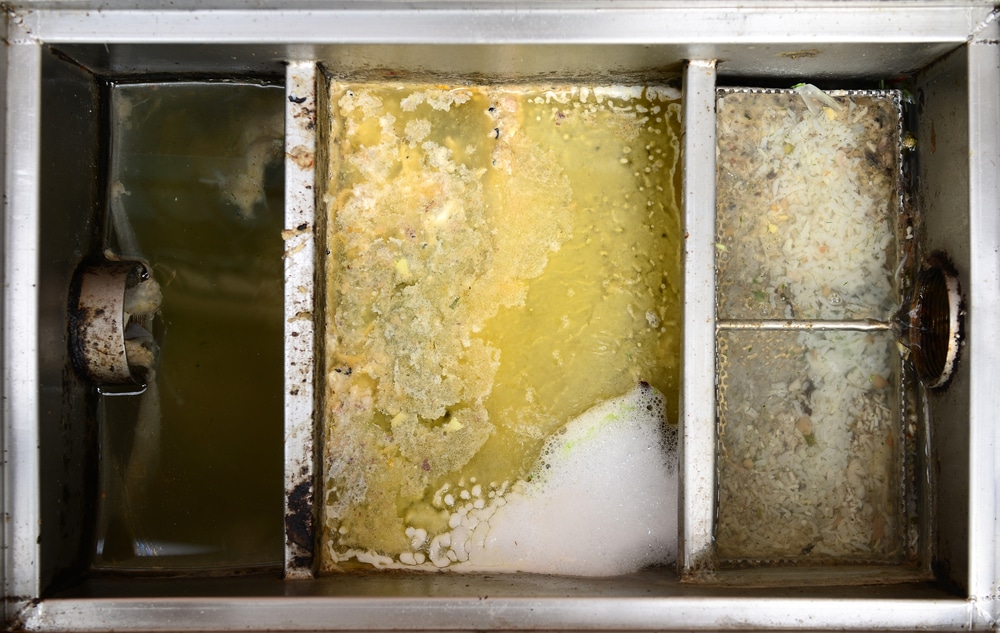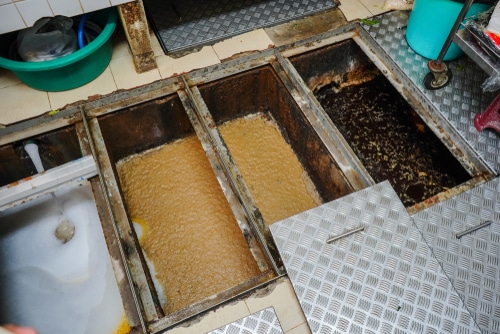Menu
Menu
Menu
Like most people, you only think about your kitchen sink sometimes. But if you’re like most people with a kitchen sink, you don’t have a grease trap installed. A grease trap is a simple device that can help keep your kitchen clean and your food safe, so it’s worth installing one. Here are four things to know about installing a grease trap in your kitchen sink.
A grease trap is a sewer system that collects fats, oils, and other particles from cooking and cleaning products. These particles can cause blockages in the sewer system, which could result in flooding or even structural failure. Grease traps are usually installed near sinks and dishwashers to prevent fat buildup on these appliances. The goal is to eliminate the grease problem before it causes severe damage.

Several types of grease traps are commonly used in residential and commercial settings. These include:
Here are some steps that you can follow to clean your grease trap:
It is generally recommended to clean your grease trap every 3 to 6 months, depending on the size of the trap and the amount of grease and solids being intercepted.
It is generally recommended to have a licensed plumber install a grease trap to ensure that it is installed correctly and safely.
There are a few signs that may indicate that it is time to replace your grease trap:
The frequency with which you should clean your grease trap depends on several factors, including the size of the trap, the volume of grease and solids being produced, and the local climate. In general, cleaning your grease trap every 3 to 6 months is recommended, although some traps may need to be cleaned more frequently in certain circumstances.
It is also a good idea to regularly inspect the grease trap for any signs of damage or malfunction and to have a licensed plumber assess the trap’s condition regularly to ensure it is functioning correctly. By properly maintaining your grease trap, you can help to extend its lifespan and ensure that it can effectively intercept and trap grease and other solids.

It is generally recommended to have a grease trap installed in the plumbing line between the kitchen sink and the main sewage line. A grease trap is essential for preventing grease and other solids from entering the sewage system, which can cause blockages and other problems. In commercial kitchen settings, it is often required by law to have a grease trap installed to ensure that grease and other materials are correctly intercepted and disposed of.
For residential kitchen sinks, the need for a grease trap may depend on the amount of grease and other materials produced. If you frequently prepare meals with large amounts of grease, a grease trap can be a valuable tool for preventing plumbing problems and maintaining the efficiency of your plumbing system.
Here are some tips for properly maintaining your grease trap:
Now that you know how the grease trap works, you can install a new one and keep your kitchen smelling fresh.
If you are still trying to figure out where to start, it is best to call a provider for professional installation services.

Site By: Strictly Plumbers